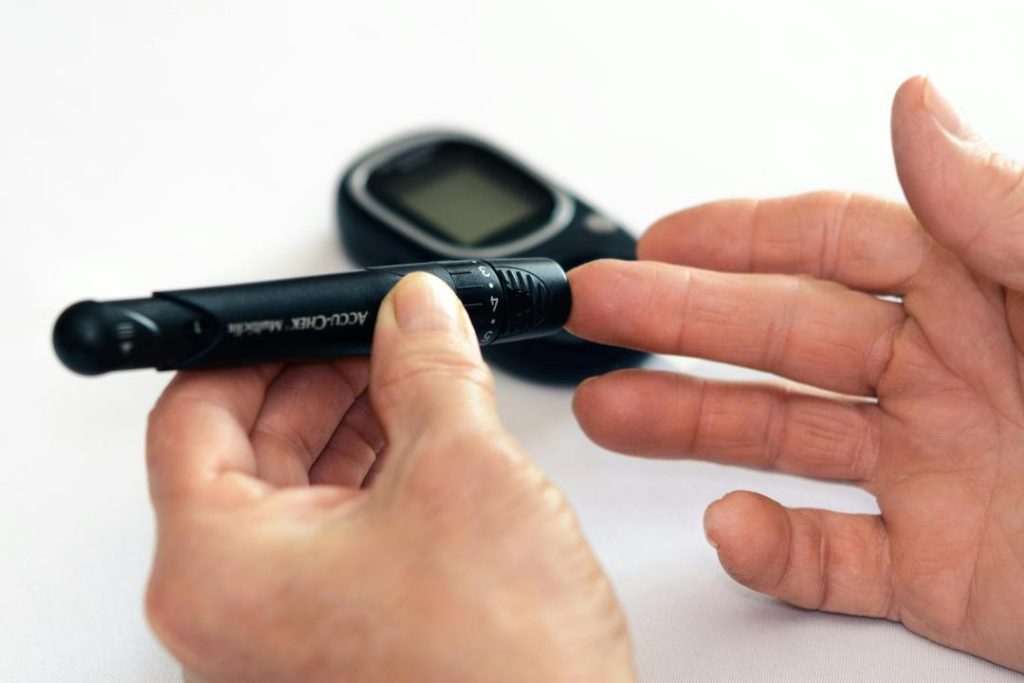
Should People with Diabetes Check Their Liver?
As the prevalence of type 2 diabetes continues to rise, many individuals are unaware of the potential risks their bodies face. One often-overlooked complication is fatty liver disease, which may affect over 50% of people with type 2 diabetes. In this blog post, we will delve into the connection between diabetes and fatty liver disease, exploring the risks, symptoms, and ways to protect your liver health.
The Link Between Diabetes and Fatty Liver Disease
Type 2 diabetes is characterized by insulin resistance, where the body’s cells become less responsive to insulin, leading to glucose buildup in the bloodstream. This insulin resistance can also affect the liver, causing it to become inflamed and fatty. Fatty liver disease, also known as non-alcoholic fatty liver disease (NAFLD), is a condition in which excess fat accumulates in the liver, leading to inflammation and scarring.
Obesity is a significant risk factor for NAFLD, as excess fat in the body is deposited in the liver, causing inflammation and damage. Additionally, insulin resistance, a hallmark of type 2 diabetes, can also contribute to NAFLD. Studies have shown that individuals with type 2 diabetes are at a higher risk of developing NAFLD, with some estimates suggesting that up to 70% of people with type 2 diabetes may have NAFLD.
Symptoms and Complications of Fatty Liver Disease
Fatty liver disease often goes undiagnosed, as many people may not exhibit noticeable symptoms. However, if left untreated, NAFLD can lead to serious complications, including:
- Steatohepatitis: Inflammation of the liver, which can progress to fibrosis (scarring) and even cirrhosis (liver failure).
- Liver Cancer: NAFLD is a risk factor for liver cancer, particularly in individuals with type 2 diabetes.
- Cardiovascular Disease: NAFLD is associated with an increased risk of cardiovascular disease, as excess fat in the liver can lead to inflammation and damage to blood vessels.
- Insulin Resistance: NAFLD can worsen insulin resistance, making it more challenging to manage blood sugar levels.
How to Protect Your Liver Health
Given the risks and complications associated with NAFLD, it is essential for individuals with type 2 diabetes to take steps to protect their liver health. Here are some tips:
- Maintain a Healthy Diet: Focus on whole, nutrient-dense foods, such as fruits, vegetables, whole grains, lean proteins, and healthy fats. Avoid sugary drinks and foods high in saturated fats.
- Stay Active: Regular exercise, such as brisk walking, cycling, or swimming, can help improve insulin sensitivity and reduce liver inflammation.
- Lose Weight: If you are overweight or obese, losing weight can significantly reduce the risk of NAFLD and related complications.
- Monitor Your Liver Enzymes: Regular blood tests can help identify liver damage and inflammation. Consult with your healthcare provider about the best approach for monitoring your liver enzymes.
- Quit Smoking: Smoking is a significant risk factor for liver disease, so quitting can help reduce your risk.
Expert Insights
Dr. [Name], a leading expert in diabetes and liver disease, emphasizes the importance of regular liver checks for individuals with type 2 diabetes. “Fatty liver disease is a silent killer, and many people are unaware they have it. By monitoring liver enzymes and making lifestyle changes, individuals with type 2 diabetes can significantly reduce their risk of NAFLD and related complications.”
Conclusion
In conclusion, fatty liver disease is a common and potentially serious complication of type 2 diabetes. By understanding the risks, symptoms, and ways to protect your liver health, individuals with type 2 diabetes can take proactive steps to reduce their risk of NAFLD and related complications.
News Source
For more information on fatty liver disease and its connection to type 2 diabetes, please visit: https://thepfc.club/blogs/news/what-people-with-type-2-diabetes-should-know-about-fatty-liver-disease






